Recent Articles
Popular Makes
Body Types
How to Wash Your Car Like a Pro Detailer
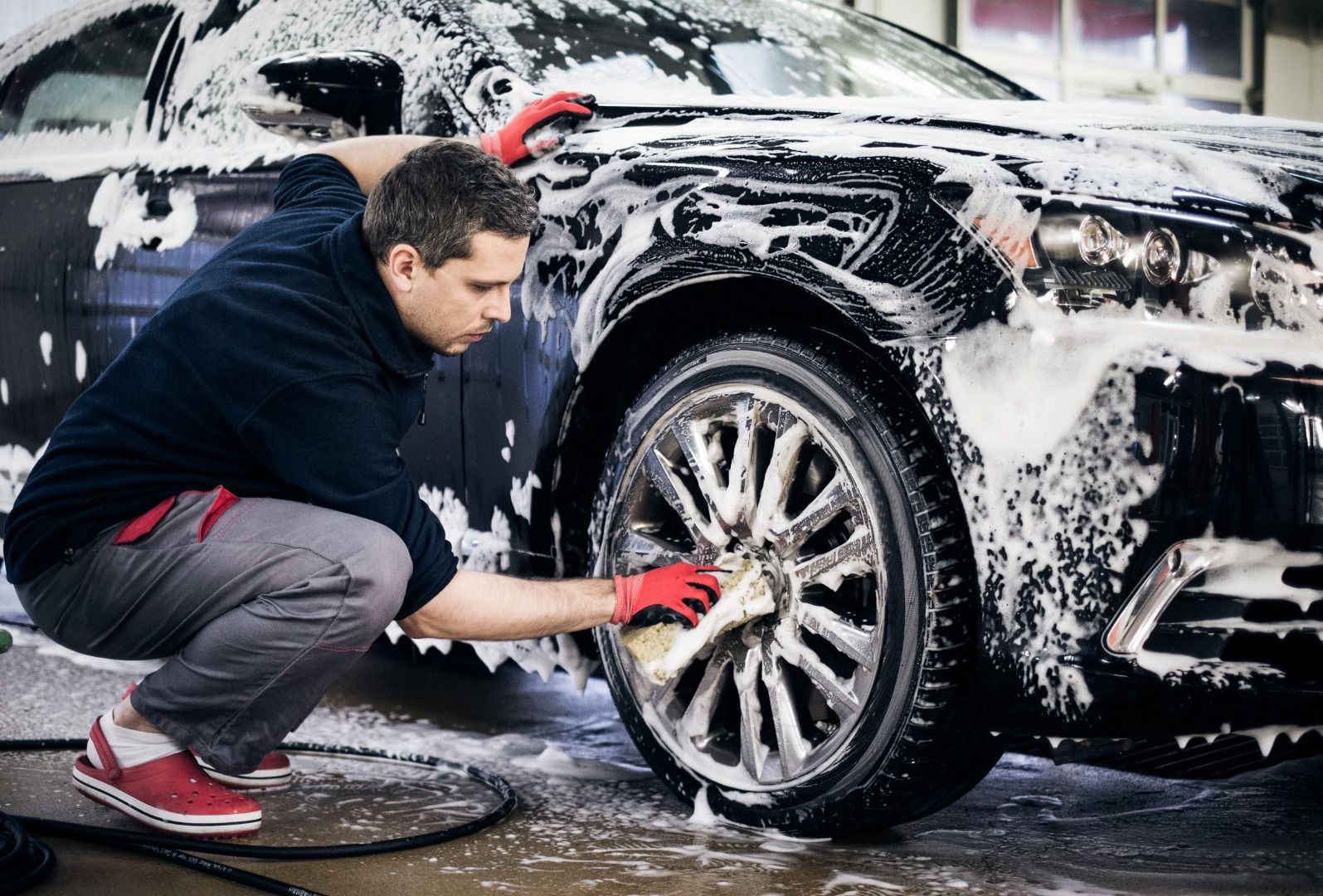
Carwheel4 ・ Photo by Nejron Photo - Adobe Stock
Having your car washed by a professional detailer is a great treat. These business operators have the best products in stock, and they've done enough cleaning to really know how to get the best results. However, you can get very good results in your own carport or driveway by using just a few of the techniques handed down from the professionals.
One quick shopping trip to any auto parts store should be enough to get you the supplies you need, and then an hour with your vehicle should be sufficient to set your results apart from most people who wash their own cars.
Get the Right Stuff
The first step to a pro-level car wash is to choose the right products to use. Dishwashing liquid will dissolve the wax on your car and can dry out the trim. Hand soap, shampoo, or other detergents won't work well, either. You need a good-quality car wash formulation. Any auto parts store will carry a selection of good products, or you can order from a specialty store like Griot's Garage.
You also need the right tools. Start with a dedicated car wash mitt or pad. Don't use rags or old towels and sponges. The best practice is to use a fresh mitt or pad every time you wash your car, but you can also carefully clean the mitt enough to use it again if you need to. One good practice is to start with a new wash mitt every time, but to recycle your previous mitt by using it on wheels, rockers, and wheel wells — anywhere that gets more grit. Keep a second bucket just for rinsing your mitt as you go. If the mitt touches the wheels or gritty areas, do not return it to your painted surface! Grains of brake dust in the mitt will be like sandpaper.
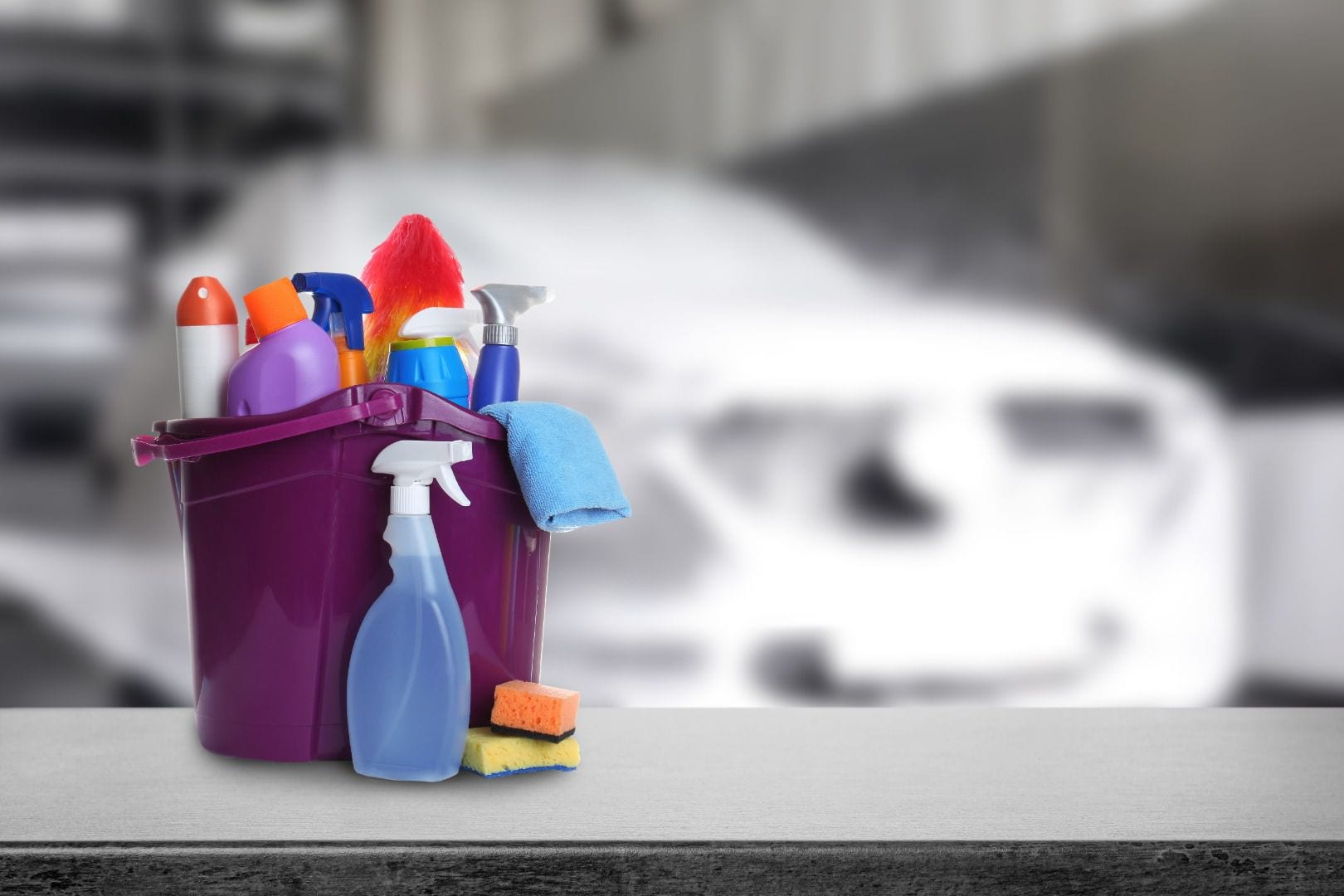
Photo by Adobe Stock
Where You Wash Matters
To get pro-level results, you need to wash your car without direct sunlight, and away from trees. Pro detailing businesses have an indoor spot with drainage and good lighting. Washing in your garage would be best, but that's not generally practical. Also, be sure your car has cooled to about ambient temperature before washing. It's not good to bring in a car that's hot from sunshine or from operation and then start washing. The water will evaporate and leave detergent residue on your paint.
Remove all jewelry, your watch, and your belt before you start washing. You'll be running your hands on the car and leaning over it. Also, look out for metal buttons on your clothes. That main button on a pair of jeans could put a deep scratch in your paint. Sweat pants or gym shorts are a good option.
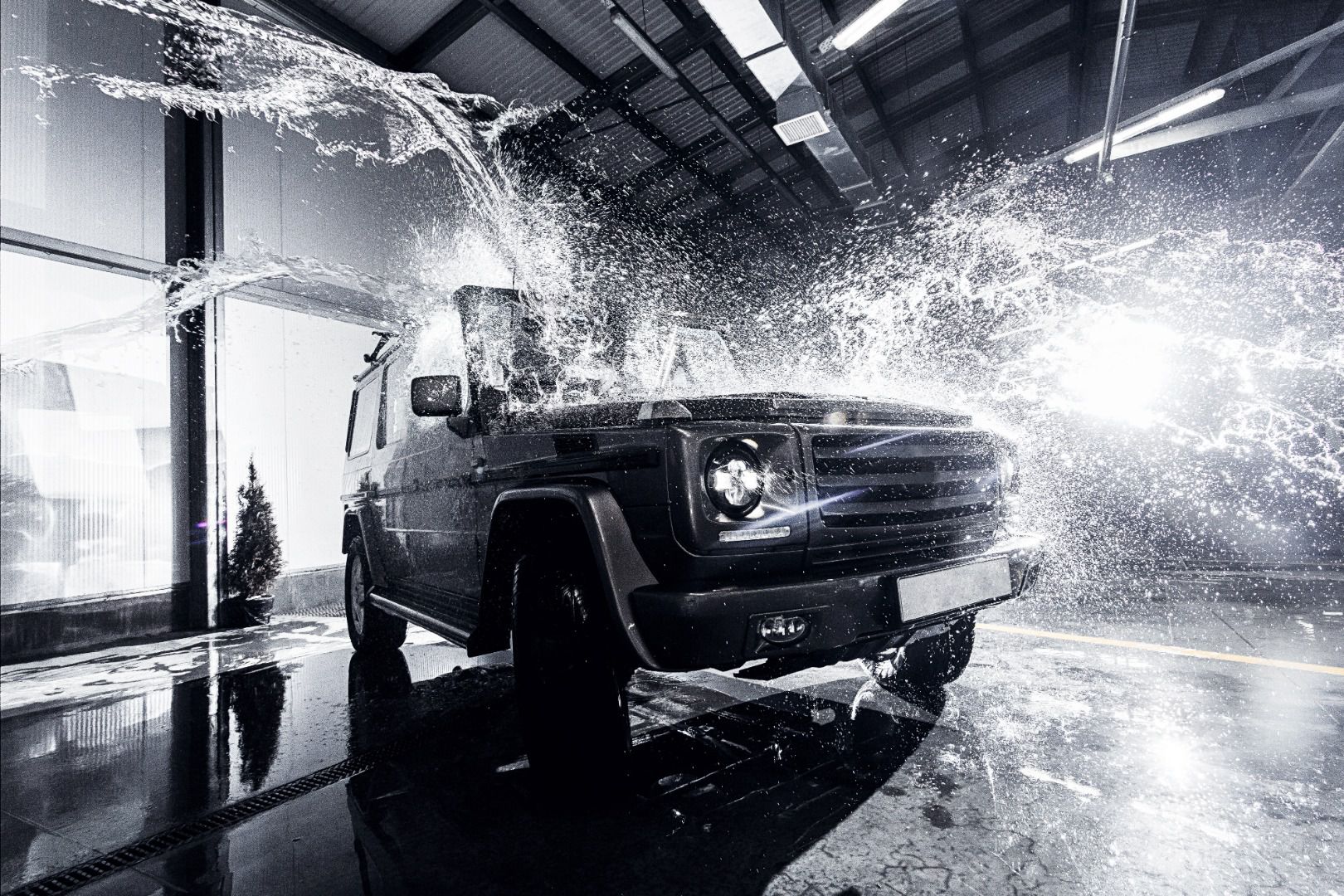
Photo by Demphoto - stock.adobe.com
Wheels Go First
In the best case, you'll have a whole separate set of cleaning supplies for your wheels. Do these first because they're the dirtiest part of the car. They also have corrosive brake dust, and if any oil or tar has gotten on the car, it's likely to be on the wheels.
If you use wheel cleaner spray, make sure it's the right stuff for your wheel material. There are wheel cleaners that are safe for aluminum, while others will damage those alloys. Most of the time, you can use your regular car wash for the wheels, but always use an old mitt or dedicated wheel sponge. A soft brush is also handy. The most important thing is this: If you used car wash detergent on the wheels, discard all the mixture and carefully rinse the bucket to get rid of all traces before you mix up new car wash for your paint. Otherwise, all that grit and dust from your wheels will be scratching your paint. Lastly, if you're planning to put any shine or treatment on the tires, wait until you're finished with the rest of the car to do that.
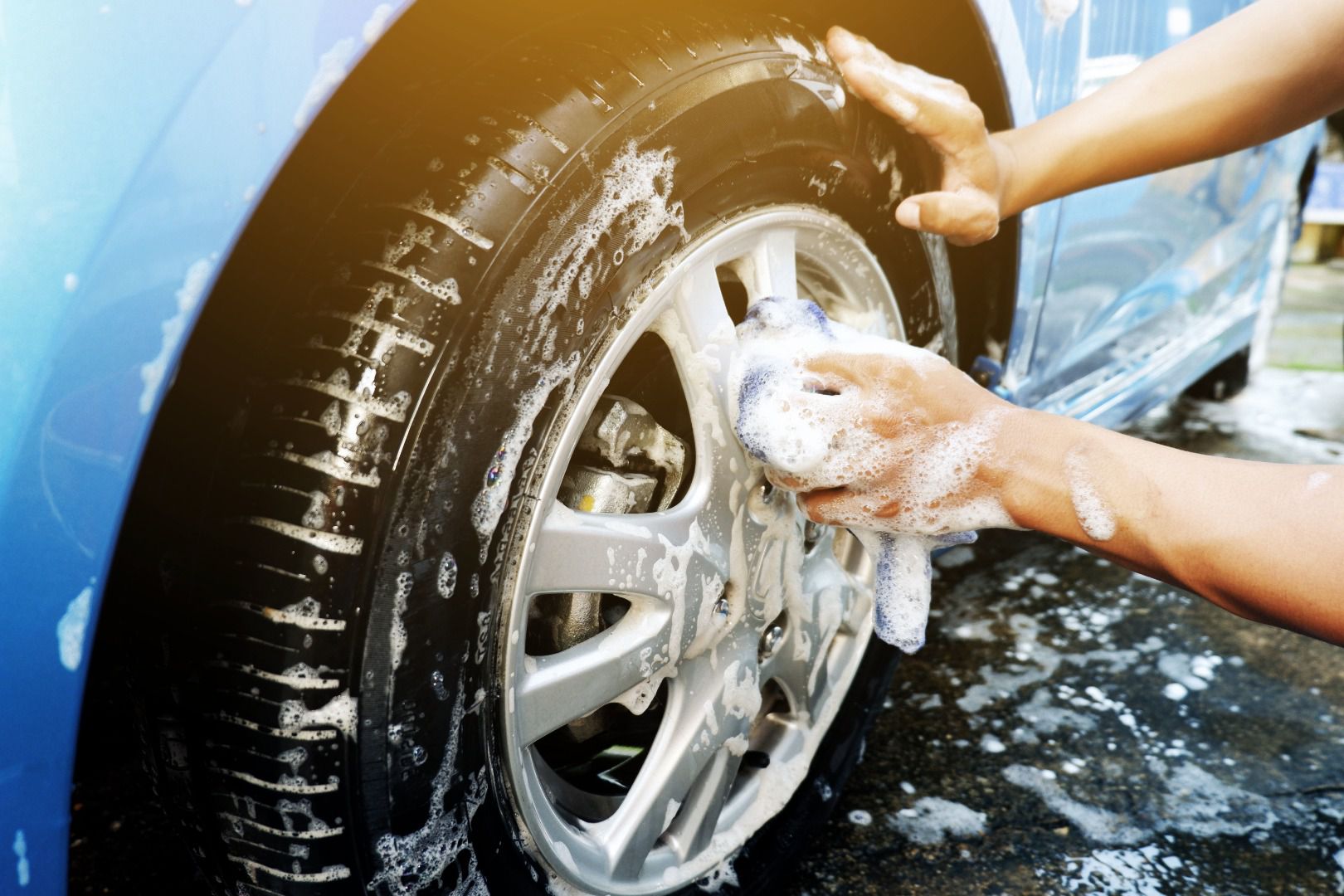
Photo by Adobe Stock
Work Down From the Top
After you finish the wheels, it's best to wash your car starting at the highest point, and then working down. That's usually the roof. You must use clean, soapy water and a clean mitt or pad.
First rinse the car to carry away loose dust, pollen, grunge, and bugs. Then apply your soap solution with the mitt. Use more or less straight line motions that follow the contours of the car. You want to scrub enough to loosen and remove dried bird droppings and insect guts, but not so hard that you risk scratching the paint. Water is your friend in this process, as all that stuff is generally water-soluble. Rinse your mitt in the bucket of clean water every 20 to 30 seconds; this gets the dirt off your mitt before you dip it in the clean soapy mixture again. Work over the car in sections, moving from the top down. For example, you could do the roof, hood, rear deck, sides, and then the rocker panels and bumper areas. Wash, rinse, and wipe loose water off each section with a microfiber towel before moving on. This helps avoid water spots, especially if you have to wash the car in direct sunlight.
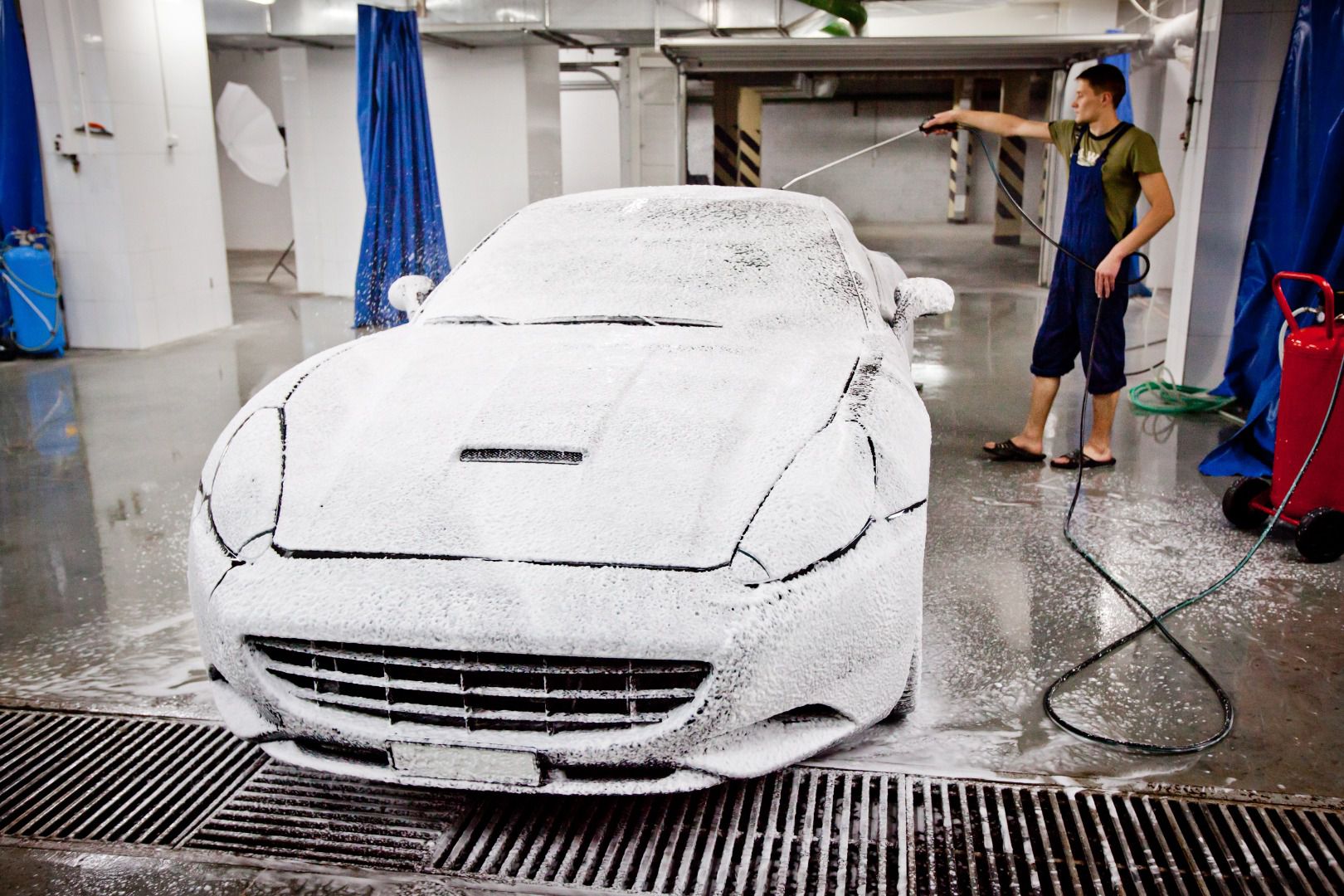
Photo by Demidova
Drying the Vehicle
If you wiped the loose water off the vehicle as you washed each section, drying the vehicle is easy. Use a fresh, dry, microfiber towel, and go back over your vehicle's sections in the same order you washed them. Carefully wipe up all the water, paying attention to the places where it flows off.
You may also spot places you missed in the washing process. You can go back to your soapy car wash mixture and wash, rinse, and dry those places at this time. This is a good time to open the doors, hood, and trunk lid or hatch and also wash those surfaces. Then dry any water that has collected there before moving on.
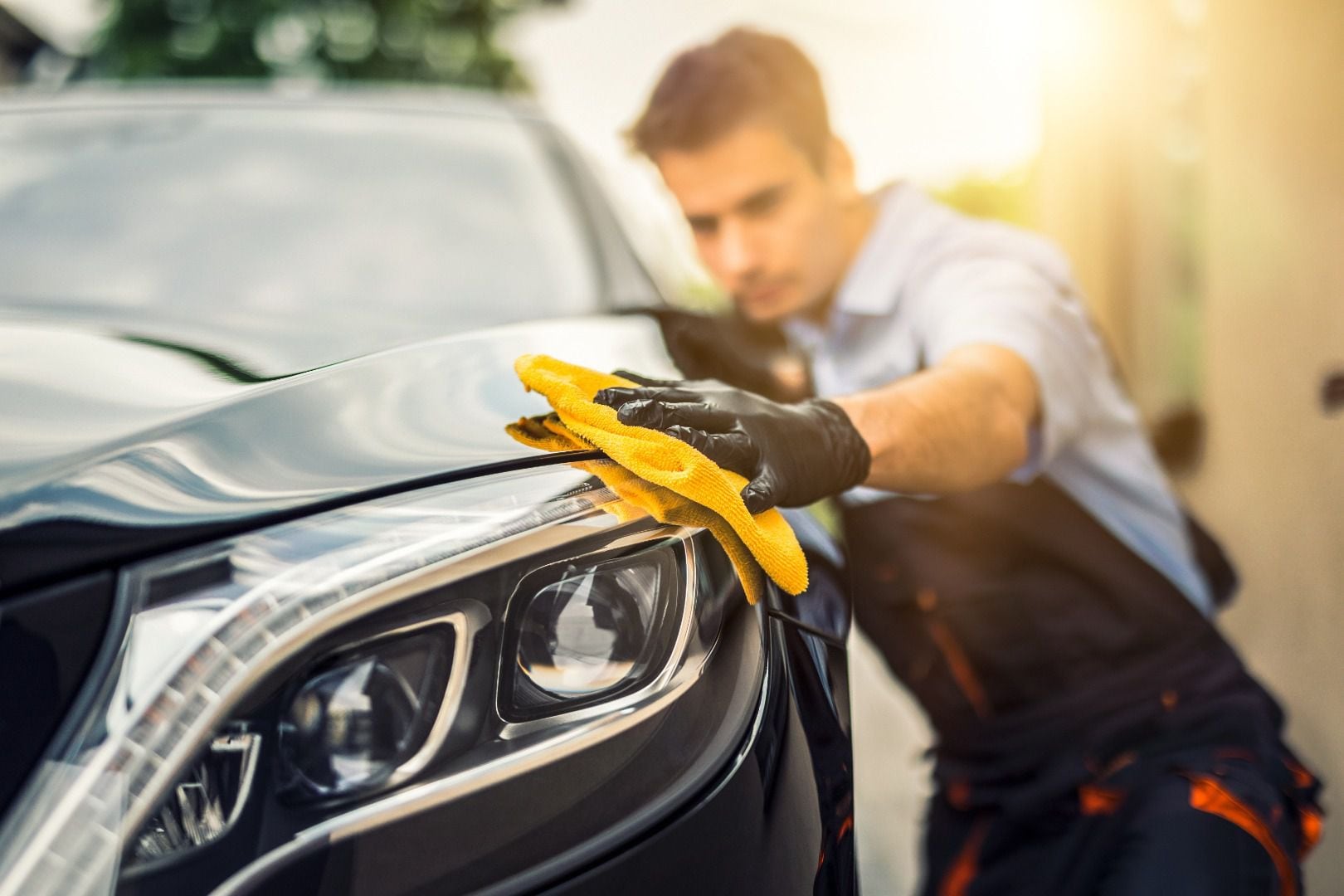
Photo by REDPIXEL - stock.adobe.com
Cleaning Windows and Chrome
You'll want to use a special process on your vehicle's windows and chrome. These materials show streaks and scratches more than other areas. Windows are also subject to micro-scratches that cause glare when you're driving into sunshine.
You can wash your car's glass and chrome with the surrounding painted parts, but when you're done, go back with glass cleaner and a new microfiber towel to get these parts extra-clean. There's an old pro trick: Use newspaper and glass cleaner or vinegar to get stuck-on grunge off of glass. Be sure to clean the inside of your car windows, too, especially the windshield. The car's climate control blows dust up there, and your own breath carries dust that sticks to the glass. If you plan to use any products like Rain-X or other window treatments, do those last and keep those products away from your vehicle's painted surfaces. You can get your chrome shining like new with chrome polish, but keep that away from your painted surfaces. This is also a good time to inspect your car's chrome for any developing rust spots before they get out of hand.
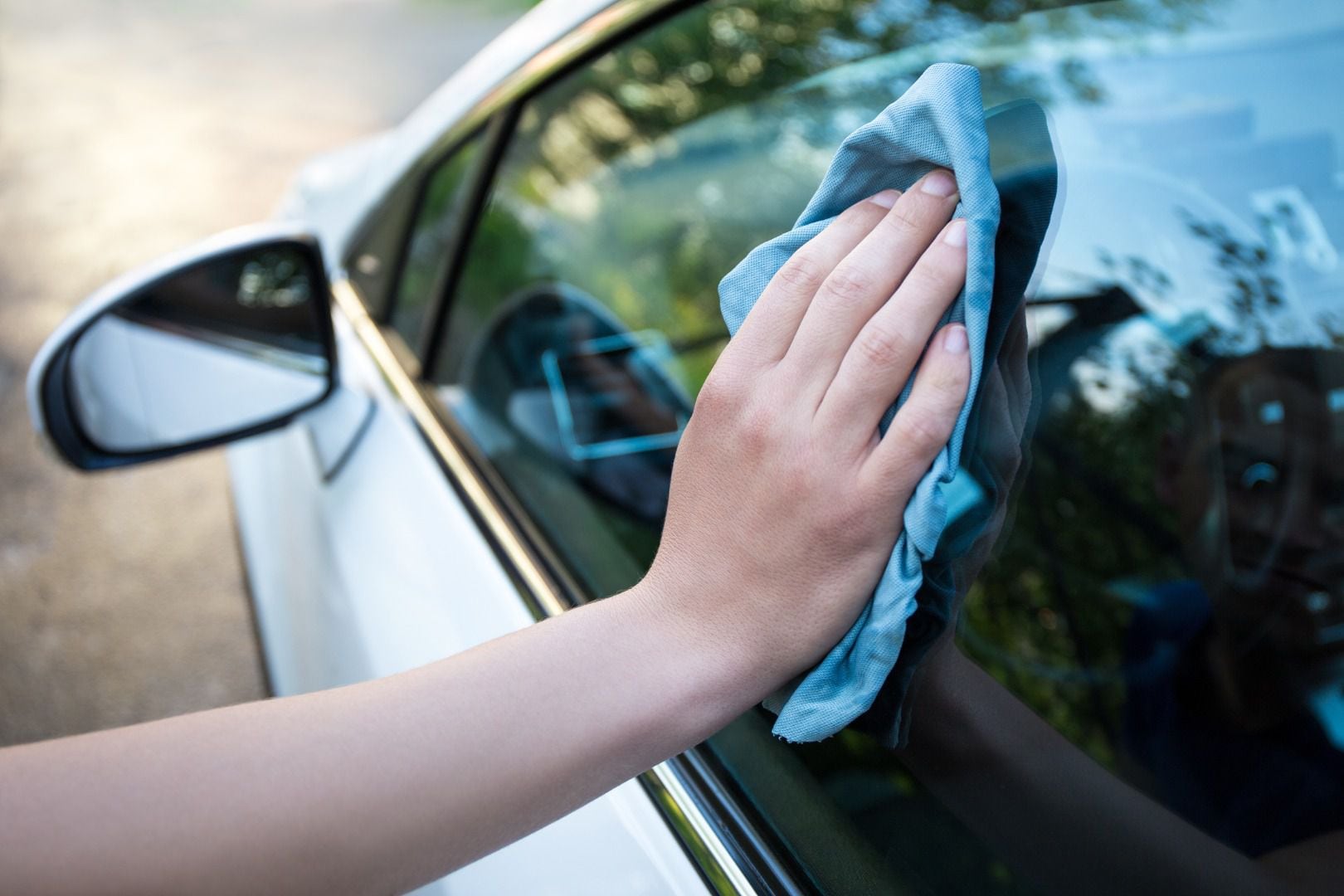
Photo by Di Studio - stock.adobe.com
Cleaning Plastic Trim
Many recent-model vehicles have the trim painted in the same color as the bodywork. You can wash these painted surfaces like any other part of the car. But if you have black plastic trim pieces, you'll want to use trim cleaner on those to keep them looking good and to keep the color true. You can wash those trim pieces with your car wash solution, but then apply the trim cleaner, or the trim may quickly fade to gray.
Above all, if you decide to wax your car, do not apply the wax to unpainted surfaces. It gets into the tiny nooks and crannies in the trim and you will never get it all out. It looks terrible.
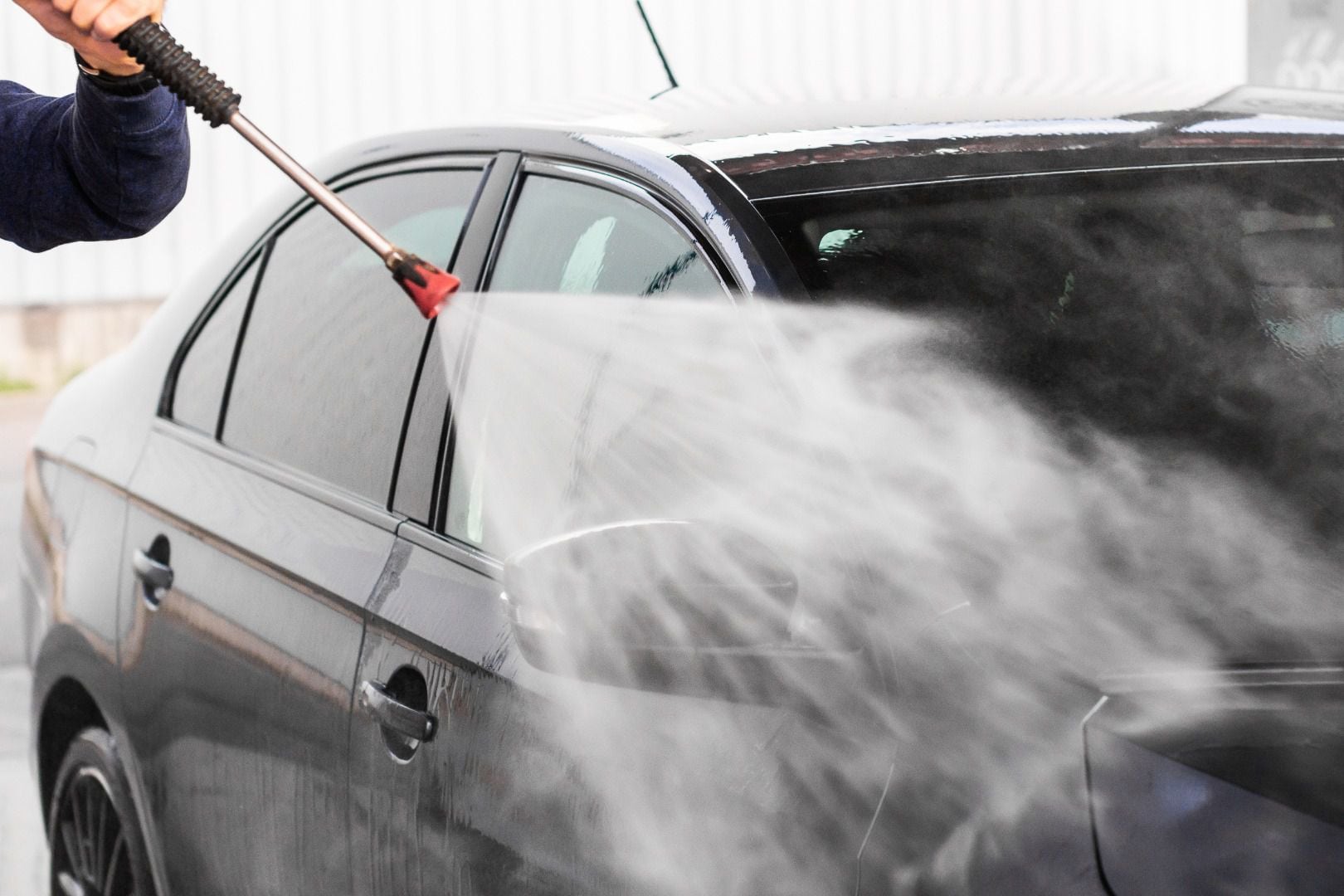
Photo by Vladim Ka - stock.adobe.com
Difficult Cleaning Challenges
If you have tree sap or tar or other stuff that water doesn't dissolve, you might need to pause and use something like Goof Off or another hydrocarbon-based cleaner. Put some of the cleaner on a rag and apply it to the problem area. Gently get the unwanted substance off the paint, then return to washing.
For tar, you can also use a can of WD-40 to loosen the sticky blobs. The chemicals in WD-40 work on the oils in the tar to get them to let go of your vehicle's paint. Believe it or not, you can also use creamy peanut butter to get rid of tar. Simply apply some of the paste to a microfiber towel and rub it in. Leave the peanut butter on the tar for about a minute, then wash it all off. You have to wonder who first thought to try this method!
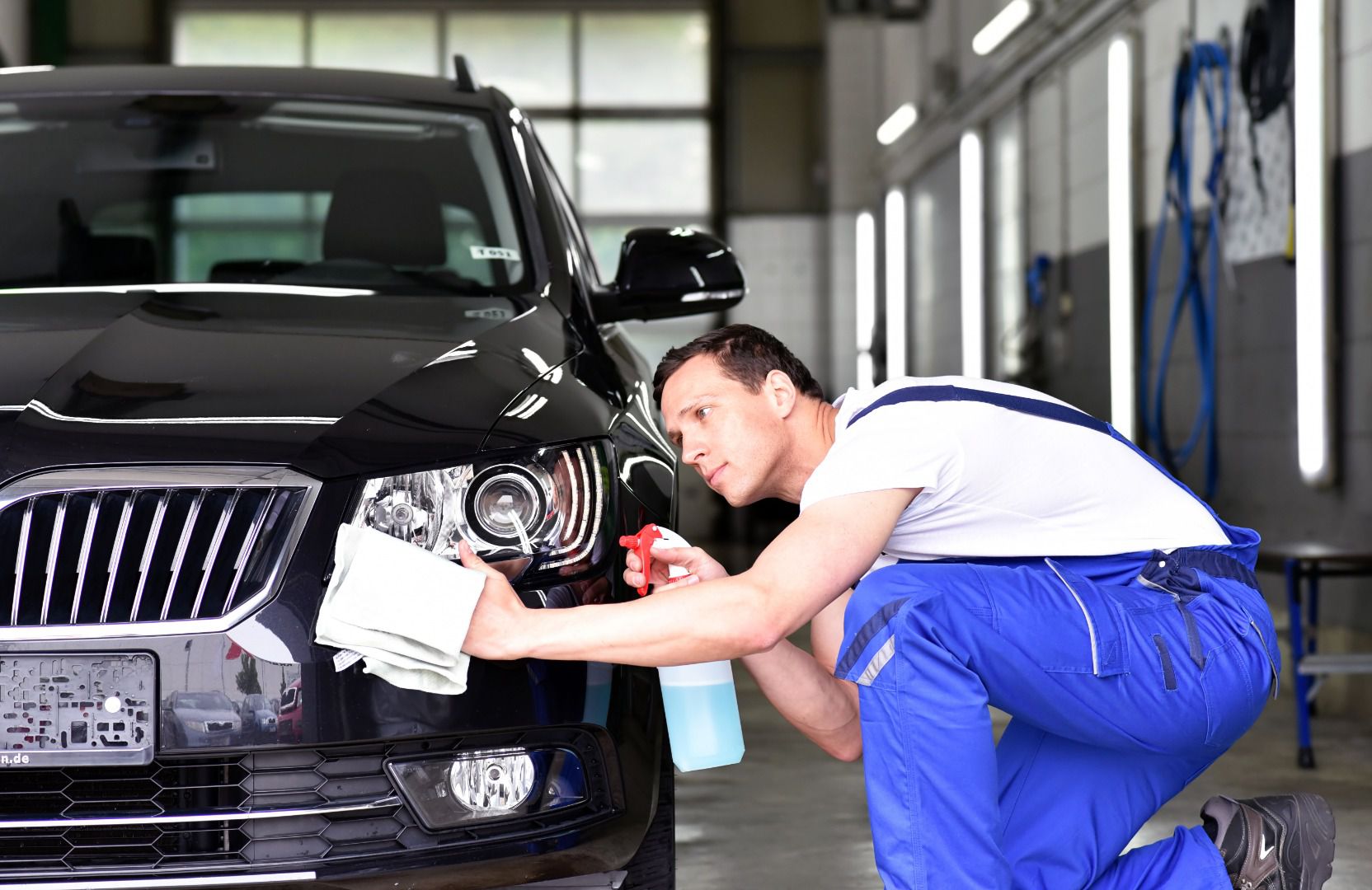
Photo by Industrieblick - stock.adobe.com
Washing Like a Pro
Washing your vehicle like a pro detailer isn't very hard. It's just a few rules to remember and taking a little more care than most people use. If you remember the general procedure, you'll get professional-quality results, save some money, and gain some extra pride in your vehicle. Remember these points:
- Get the right products, and enough of them
- Wash a cool car in a cool place
- Wash the wheels first
- Wash from the top down, in sections
- Dry the vehicle right away
- Clean the window glass last
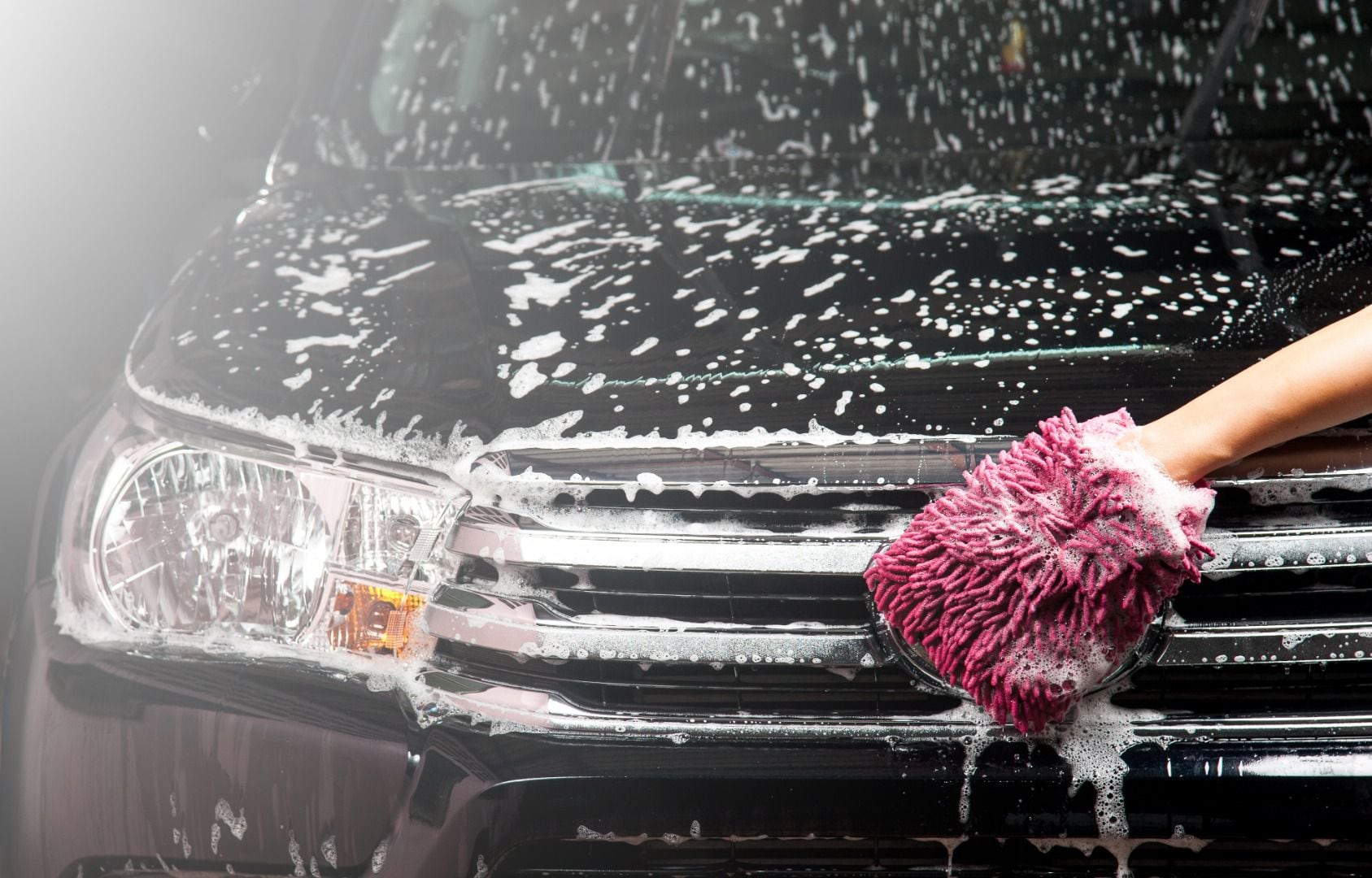
Photo by Showcake - stock.adobe.com